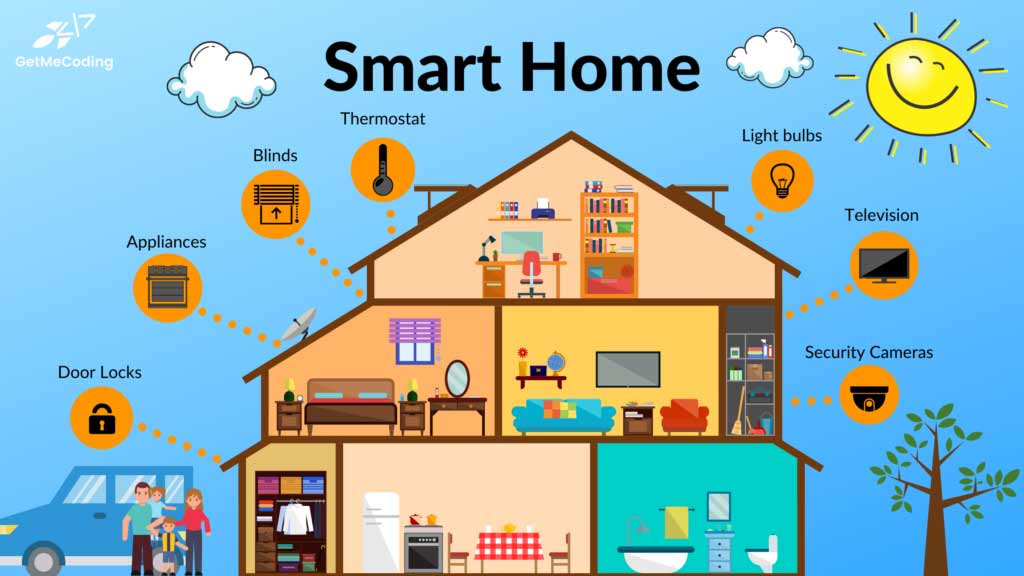Introduction to IoT Devices
In today’s fast-evolving digital landscape, the Internet of Things (IoT) is transforming the way we approach elderly care and home accessibility. With aging populations growing worldwide, enabling seniors to live independently and safely at home has become a priority for families and healthcare providers alike. IoT devices offer innovative solutions that provide real-time monitoring, increased safety, and enhanced comfort — all tailored to meet the unique needs of elderly individuals.
This article explores how IoT is reshaping elderly care and accessibility, highlights key devices making a difference, and offers practical advice on integrating these smart technologies into homes to improve quality of life.
1. The Growing Need for Smart Elderly Care Solutions
Aging in place — the ability to live independently in one’s own home — is a goal shared by many seniors. However, challenges such as mobility limitations, chronic health conditions, and cognitive decline often create barriers.
-
Statistics: According to the World Health Organization, the global population aged 60 and over is expected to reach 2 billion by 2050, underscoring the urgency of developing effective home care solutions.
-
Challenges: Falls, medication management, social isolation, and emergency response are key concerns for elderly individuals living alone.
IoT devices address these challenges by offering connected solutions that enhance safety, health monitoring, and convenience without compromising privacy or autonomy.
2. Key IoT Devices for Elderly Care and Accessibility
Smart Fall Detection Sensors
-
Function: Automatically detect falls and alert caregivers or emergency services immediately.
-
Example: Devices like LifeFone and Apple Watch’s fall detection can trigger emergency calls and notifications.
-
Benefit: Dramatically reduce response times and increase chances of timely assistance.
Remote Health Monitoring Systems
-
Function: Monitor vital signs such as heart rate, blood pressure, and glucose levels in real-time.
-
Example: Devices such as Withings Health Mate or Dexcom G6 provide continuous monitoring and transmit data to healthcare providers.
-
Benefit: Allows early detection of health issues, reducing hospital visits.
Voice-Controlled Assistants
-
Function: Use natural voice commands to control smart home devices, set reminders, or call for help.
-
Example: Amazon Echo, Google Nest Hub support voice commands tailored for seniors.
-
Benefit: Simplifies interaction, especially for those with limited mobility or vision impairments.
Smart Medication Dispensers
-
Function: Automated pill dispensers remind seniors to take medications on schedule and can alert caregivers if doses are missed.
-
Example: MedMinder and Hero smart dispensers.
-
Benefit: Improves medication adherence and reduces errors.
Smart Lighting and Accessibility Sensors
-
Function: Adaptive lighting systems and motion sensors enhance visibility and safety.
-
Example: Philips Hue lights with motion detection can automatically illuminate pathways.
-
Benefit: Prevents accidents and improves mobility during night hours.
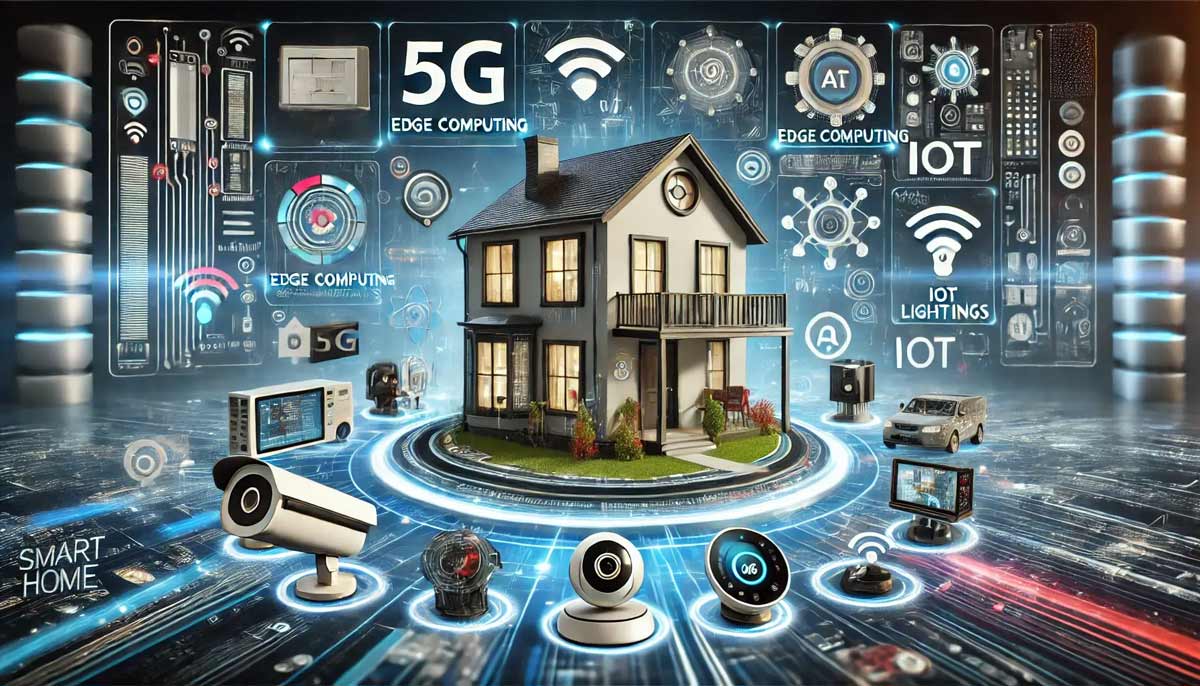
Market-Research-Growth-and-Trends-in-Smart-Home-Automation-DM-WebSoft-LLP-(1)
Table 1: Popular IoT Devices for Elderly Care – Features and Costs
| Device Type | Key Features | Approximate Cost | Benefits |
|---|---|---|---|
| Fall Detection Sensors | Automatic fall alerts, GPS tracking | $100 – $300 | Faster emergency response |
| Remote Health Monitors | Vital signs tracking, app alerts | $150 – $500 | Continuous health monitoring |
| Voice Assistants | Voice commands, emergency calling | $50 – $200 | Hands-free control, reminders |
| Smart Medication Dispensers | Automated dispensing, caregiver alerts | $200 – $600 | Medication adherence |
| Smart Lighting Systems | Motion-activated, adjustable brightness | $50 – $300 | Improved safety and accessibility |
3. Benefits of IoT for Elderly Independence and Peace of Mind
Enhanced Safety
IoT devices proactively monitor hazards such as falls, smoke, or unusual activity, alerting both the elderly user and their caregivers in real-time, significantly reducing risks.
Improved Health Management
Continuous monitoring provides vital health data that can lead to early diagnosis and personalized treatment plans without the need for frequent hospital visits.
Greater Convenience and Comfort
Voice assistants and automation reduce the physical effort needed to control household systems, helping elderly individuals manage daily tasks easily.
Increased Social Connectivity
Smart devices can help seniors stay connected with family and friends via video calls and social platforms, combating loneliness and isolation.
Implementation Tips, Challenges, and Real-Life Case Studies
4. How to Implement IoT Solutions for Elderly Care at Home
Integrating IoT devices into an elderly loved one’s home requires careful planning to ensure the technology is effective, user-friendly, and secure. Below are step-by-step tips to guide this process:
Step 1: Assess Needs and Priorities
-
Evaluate specific challenges: mobility, health conditions, cognitive impairments, or safety concerns.
-
Prioritize which areas of care will benefit most from IoT solutions — e.g., fall prevention, medication management, emergency alerts.
Step 2: Choose Compatible Devices
-
Select devices that are easy to use, with intuitive interfaces and clear instructions.
-
Ensure compatibility with existing home systems or platforms (e.g., Alexa, Google Home).
-
Confirm reliability and customer support availability.
Step 3: Plan for Connectivity and Installation
-
Ensure stable Wi-Fi coverage throughout the home; weak signals can hinder IoT device performance.
-
Professional installation may be required for complex systems like health monitors or security setups.
-
Opt for wireless or plug-and-play devices for minimal disruption.
Step 4: Train and Educate the User
-
Provide hands-on training for the elderly user and caregivers on how to use devices effectively.
-
Set up voice commands or automated schedules to simplify operations.
-
Prepare written or video guides for troubleshooting.
Step 5: Monitor and Adjust
-
Regularly review device performance and health data outputs.
-
Make adjustments to device settings, alerts, or schedules based on user feedback and changing needs.
-
Stay updated on software updates and new device features.
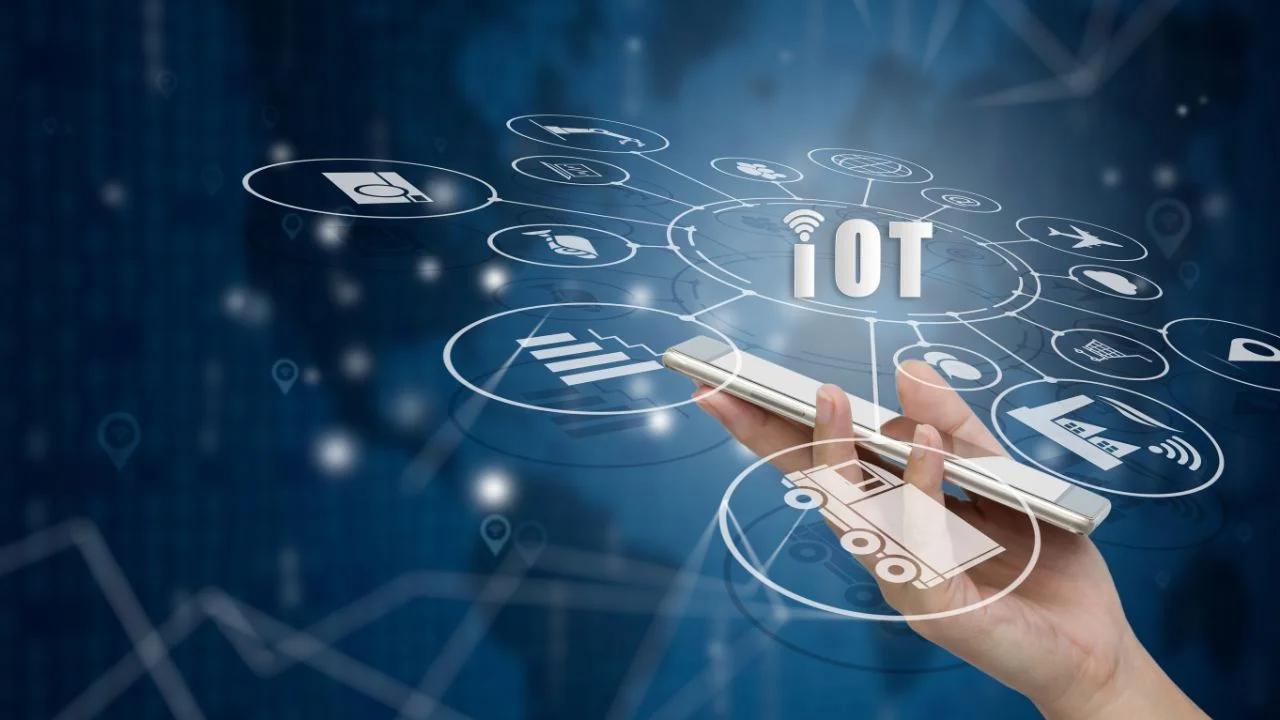
The-internet-of-Things
5. Challenges in Adopting IoT for Elderly Care
While IoT devices hold great promise, several challenges can impact their successful implementation:
Privacy and Data Security Concerns
-
IoT devices collect sensitive health and behavioral data; ensuring robust encryption and secure cloud storage is critical.
-
Users and families should choose devices from reputable manufacturers with clear privacy policies.
Technical Complexity and User Resistance
-
Elderly users may find new technology intimidating or confusing.
-
Simplified user interfaces, voice control, and caregiver involvement help overcome resistance.
Costs and Accessibility
-
Some IoT devices have high upfront costs or require monthly service fees, which can be barriers for seniors on fixed incomes.
-
Availability of devices varies by region, and some solutions may require professional installation.
Interoperability Issues
-
Devices from different manufacturers might not communicate seamlessly, complicating home automation ecosystems.
-
Choosing products that support common standards like Zigbee, Z-Wave, or Wi-Fi helps mitigate this.
Table 2: Common Challenges in IoT Elderly Care and Suggested Solutions
| Challenge | Description | Suggested Solutions |
|---|---|---|
| Privacy and Security | Risk of data breaches or misuse of sensitive info | Use encrypted devices, review privacy policies |
| Technical Complexity | Difficulty in learning or operating devices | Choose simple UI, provide training, use voice commands |
| Cost Barriers | High initial and ongoing expenses | Look for budget-friendly options, subsidies |
| Interoperability | Lack of device communication | Buy compatible devices, use smart home hubs |
6. Real-Life Case Studies: IoT in Elderly Care
Case Study 1: Enhancing Safety with Smart Sensors
Mrs. Johnson, aged 78, lives alone with mild mobility issues. After installing fall detection sensors and smart lighting systems, her family noticed a drastic reduction in emergency incidents. The sensors alerted her daughter within minutes when Mrs. Johnson experienced a fall, allowing immediate assistance. Adaptive lighting improved her nighttime navigation, preventing trips and falls.
Case Study 2: Managing Chronic Conditions with Remote Health Monitoring
Mr. Lee, a 72-year-old diabetic patient, uses a continuous glucose monitor (CGM) connected to his smartphone and doctor’s portal. The device provides real-time glucose levels and alerts both Mr. Lee and his healthcare team about dangerous fluctuations. This remote monitoring reduced his hospital admissions by 40% over a year.
Case Study 3: Social Connectivity and Mental Health
Ms. Ramirez, 80, faced social isolation after moving to a new city. A voice assistant with video call capabilities helped her stay connected with family and local community groups. The device also reminded her to take medications and attend virtual health appointments, greatly improving her emotional well-being.
7. What to Consider Before Investing in IoT Devices for Elderly Care
-
User Comfort: Will the user feel comfortable and confident interacting with the technology daily?
-
Data Privacy: Are the device’s privacy and security features up to date and trustworthy?
-
Scalability: Can the system be expanded with additional devices as needs evolve?
-
Support and Warranty: Is customer service reliable and are warranty terms clear?
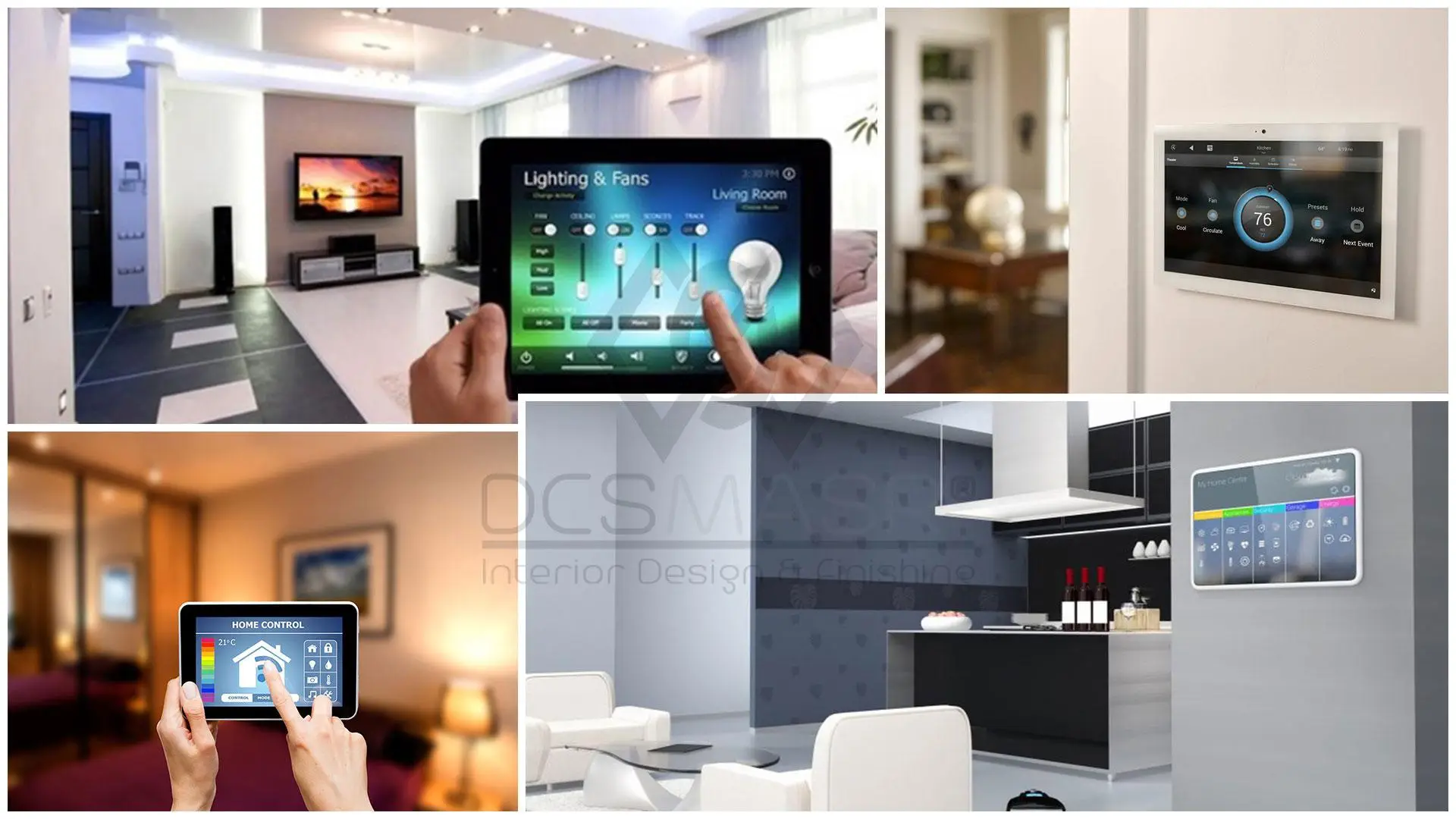
How IoT Devices Are Transforming Modern Home Life in 2025
Final Table: Estimated Costs of IoT Devices for Elderly Care and Home Accessibility
| Device/Service | Approximate Cost Range | Notes and Additional Info |
|---|---|---|
| Smart Fall Detection Sensors | $100 – $500 | Some include automatic emergency alerts to caregivers |
| Voice-Activated Assistants | $50 – $250 | Devices like Amazon Echo, Google Nest improve accessibility |
| Smart Medication Dispensers | $200 – $1,000 | Automated reminders reduce missed doses |
| Wearable Health Trackers | $100 – $400 | Continuous vital monitoring; some offer GPS tracking |
| Smart Door Locks and Cameras | $150 – $700 | Enhance home security and remote access control |
| Environmental Sensors (Smoke, CO) | $50 – $300 | Early hazard detection critical for elderly safety |
| Installation and Setup Fees | $100 – $600 | Professional installation recommended for complex setups |
| Monthly Monitoring Services | $10 – $60 per month | Includes emergency response and system maintenance |
FAQ: IoT and Elderly Care — What You Need to Know
What are IoT devices used in elderly care?
-
Devices include fall detectors, smart medication dispensers, wearable health monitors, voice assistants, environmental sensors, and smart locks that help seniors live independently and safely.
How do smart devices improve home accessibility for seniors?
-
By enabling voice and remote control of lighting, temperature, doors, and appliances, IoT devices reduce physical strain and increase ease of use.
Who benefits most from IoT in elderly care?
-
Seniors with mobility challenges, chronic health conditions, or cognitive impairments benefit greatly, along with their caregivers and family members.
When is the best time to implement IoT solutions in a home?
-
Early adoption during the initial stages of mobility or health decline helps maximize independence and prevent accidents.
Where can I purchase reliable IoT devices for elderly care?
-
Trusted electronics retailers, specialized medical suppliers, and certified smart home providers offer vetted devices.
Why is data privacy important in IoT elderly care?
-
Elderly individuals’ health and personal data are sensitive; protecting this data prevents misuse and ensures trust in the technology.
How do IoT devices communicate emergencies?
-
Many devices automatically send alerts via cellular or Wi-Fi networks to caregivers, emergency services, or family members.
What ongoing maintenance do IoT devices require?
-
Regular software updates, battery replacements, and periodic system checks ensure reliability and security.
Which IoT devices offer the best return on investment?
-
Fall detectors and medication dispensers often reduce hospital visits, offering significant long-term cost savings.
How do I ensure IoT devices are easy to use for seniors?
-
Choosing devices with intuitive interfaces, voice control, and simple setup processes improves adoption and satisfaction.
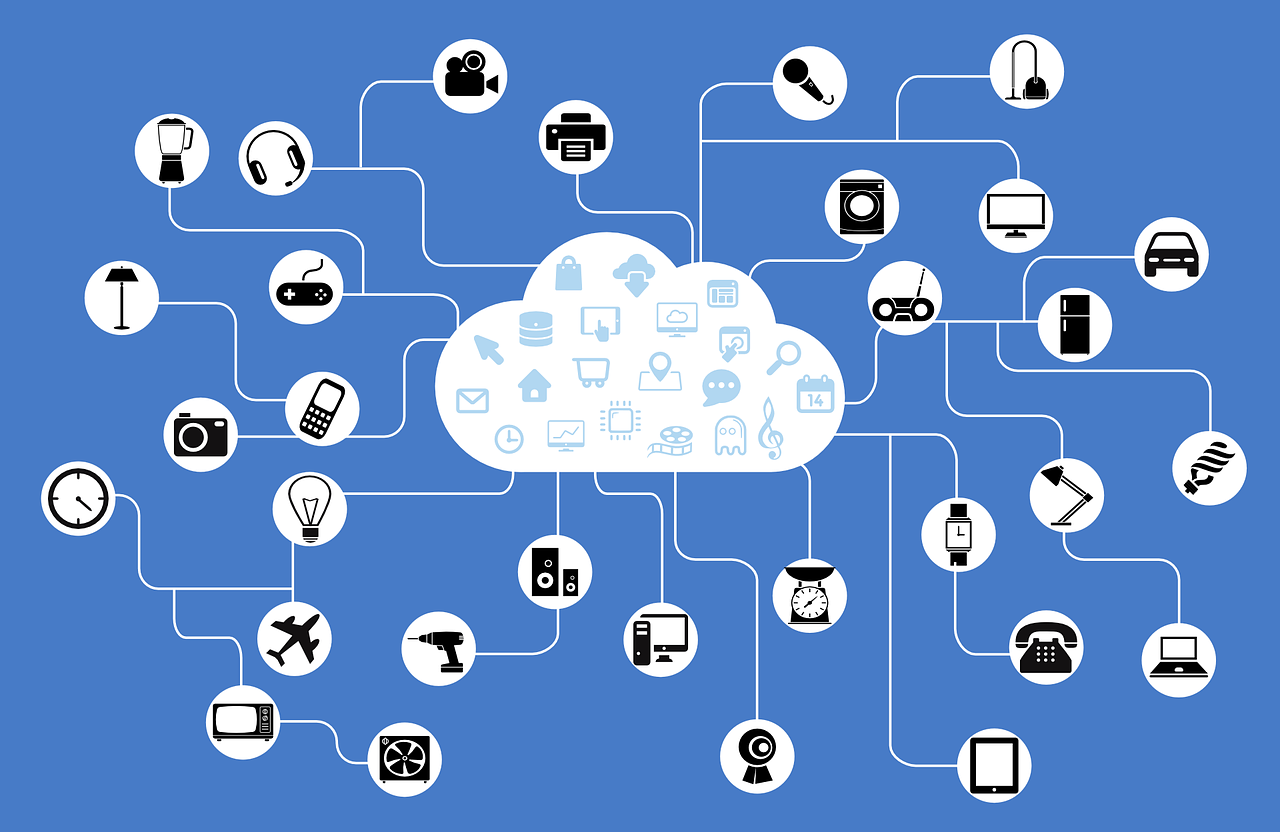
Top Smart Home Trends in 2025
Summary and Conclusion
The integration of IoT devices into elderly care and home accessibility is no longer just a futuristic concept—it is happening now, reshaping how seniors live independently and safely. From smart fall detectors to voice-activated home systems, these technologies offer real, measurable benefits:
-
Increased safety and emergency responsiveness
-
Greater convenience and accessibility for daily tasks
-
Improved health monitoring and preventive care
-
Peace of mind for families and caregivers
While initial costs and data privacy concerns exist, ongoing advancements and supportive policies continue to lower barriers, making smart home technology an essential part of modern elderly care.
Next Steps: How to Get Started
-
Assess Needs: Identify specific challenges faced by the elderly resident (e.g., fall risk, medication adherence).
-
Research Devices: Compare devices based on functionality, cost, and ease of use.
-
Consult Professionals: Engage healthcare providers and smart home installers for tailored advice.
-
Start Small: Implement a few critical devices first (e.g., fall detection, voice assistant).
-
Train Users: Provide clear instructions and support to seniors and caregivers.
-
Monitor and Adjust: Regularly review device performance and upgrade as needed.


